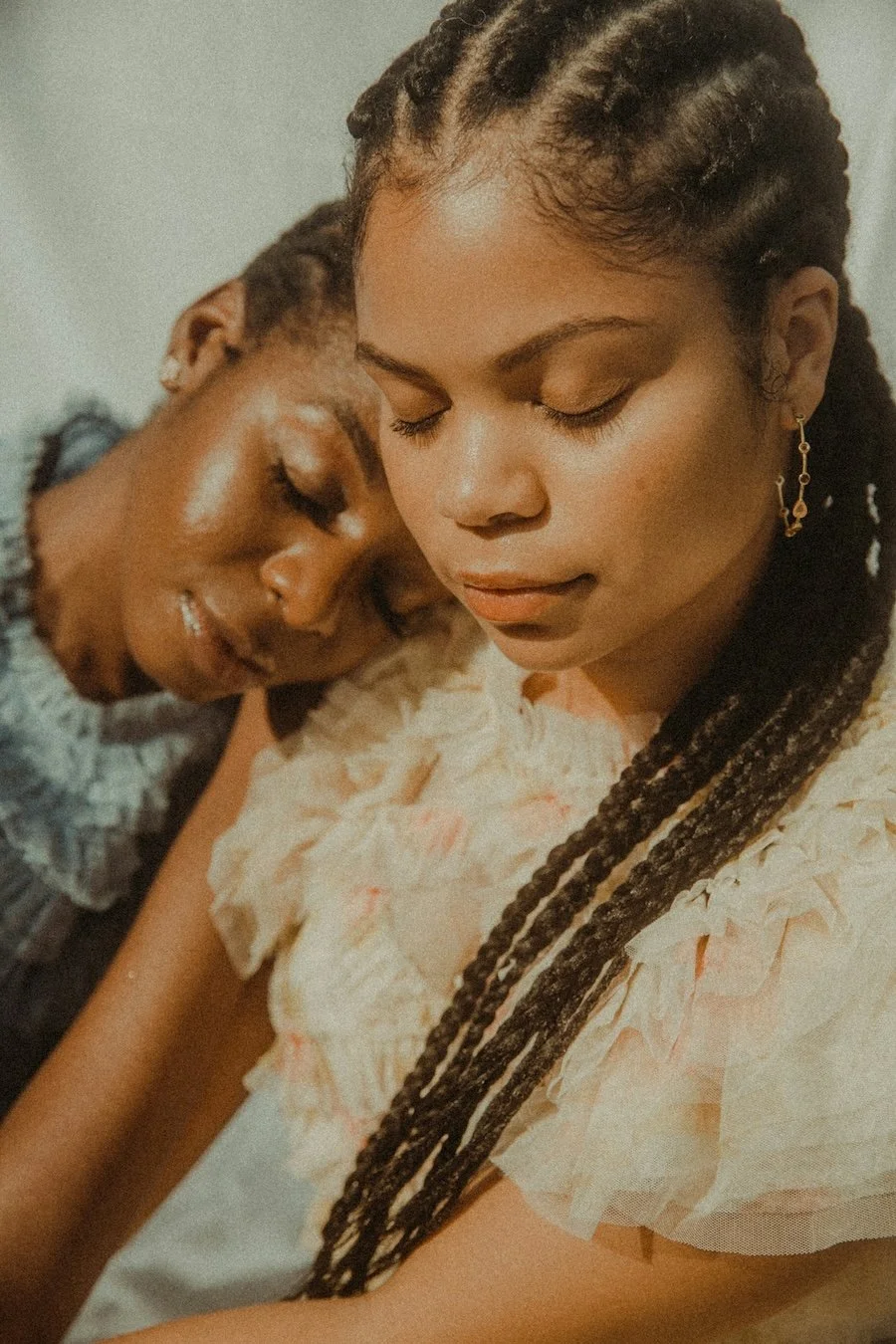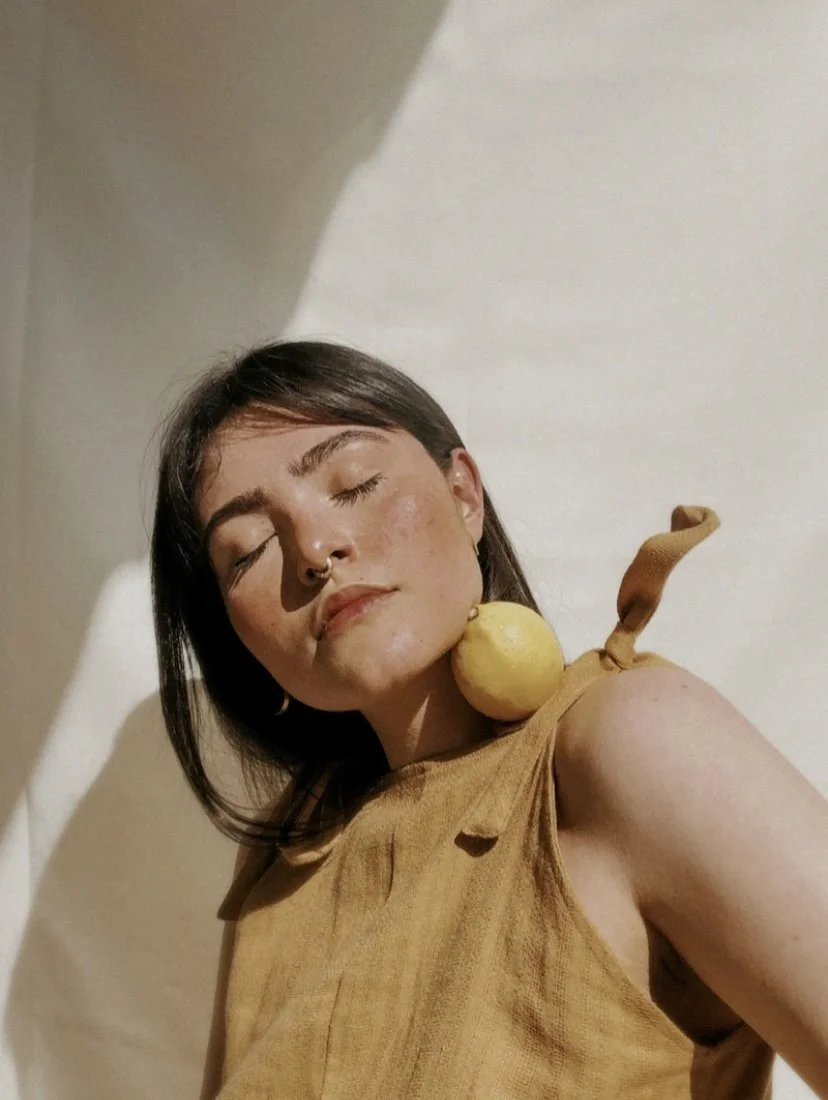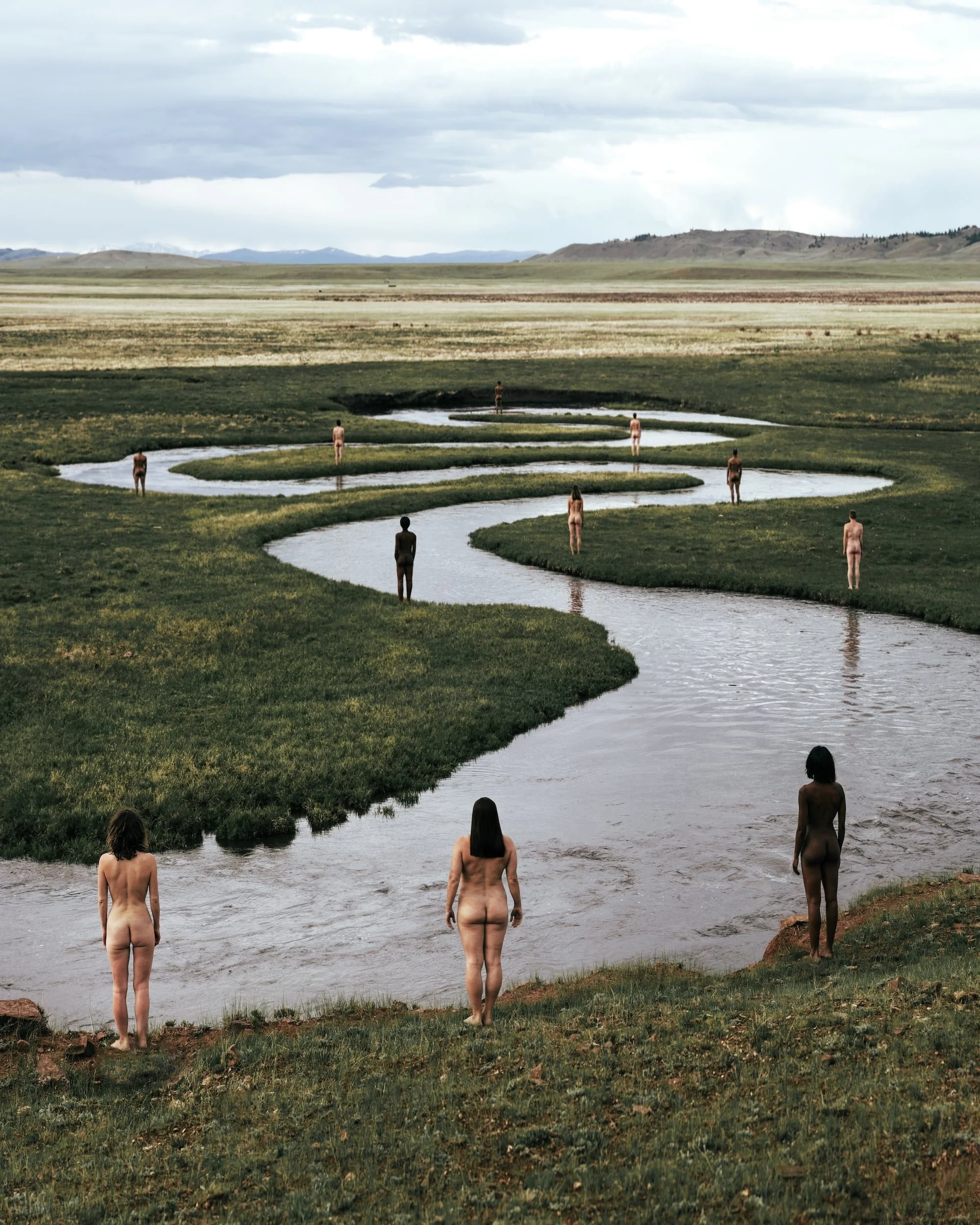
The World is Ending, and That’s a Good Thing
Photographer
Rob Woodcox
Our PerspectiveThis space is for the wise and well folk who are leaders in thought consciousness and who approach Earth stewardship with the openness and forethought required to truly make revolutionary change.
We think about sustainability and our futures differently here. Unlike most others in this sphere, we have unwavering hope for the future of humanity and our planet.
Instead of paralleling the fear-based narratives that are forever being peddled by the overculture, we’ve chosen to slow our pace and ground down, gazing out from the same discerning lens as our Indigenous elders – those who have lived in connection with this land and who have deftly maintained it, since the very beginning.
One way we’re doing this, and that we invite you to ruminate on, is by simply changing the language around the current conversation. Climate justice / the fight for a sustainable future / the climate crisis / a broken and unwell planet – these terms that are circulating in the dominant culture convey urgency, stress and catastrophe. These words are alienating, making it feel like our future is dark and dystopian, a looming presence that is to be battled against. This stance can easily lead to feelings of powerlessness, apathy and therefore, disengagement. How can we possibly create change from the same systems that led us here?
What if we considered a different way, and different words?
climate care / building a regenerative future / care for humanity / collective and planetary wellbeing
Can you feel the energy shift with these words?
They elicit the releasing of a breath that had been held in for too long, the relaxing of muscles that had been tense and taut. All of a sudden, the way forward feels welcoming and within reach. Care suggests longevity, rather than an immediate war to be won. It calls us in, it’s gentle and expansive. It feels achievable, hopeful, and community-oriented. It encourages creativity, innovation, and spaciousness to ideate. It brings our hearts into the movement, allowing space for all the feelings, including a sense of graceful grief. This slow, careful approach gives way to the generating of considered responses, versus panicked, knee-jerk reactions.
Báyò Akómoláfé says “what if the way we’re responding to the crisis, is part of the crisis?” and we couldn’t agree more.
We firmly believe that we cannot ideate or solve problems from a place of fear. Fear-based solutions only consider the immediate, the now. We are paralyzed in fear, we make poor decisions from fear, and we only think in the short-term when fear and urgency are present.
As Peter Wohlleben so aptly says in his book, The Heartbeat of Trees, “many environmental groups have realized, quite correctly, that alarmism and the continual cries of doom and gloom tend to exhaust us instead of helping us rethink the situation.”
That’s why, part of our slow, careful approach within this movement is to guide us away from the linear timeline that we’ve adopted, towards the cyclical. When we move away from what was constructed and align ourselves with the natural world, we can clearly see how everything in nature moves in cycles – the rising and setting of the sun every day, the waxing and waning of the moon every month, the changes in season every four months, the rotation around the sun every year. Our sleep, menstruation, hormones – all of it moves in cycles, showing us that when we look away from our screens and towards the living breathing world around us, we can fully relax, remembering that the ending of a cycle is not something to dread, but rather the most natural way forward.
So, if it feels like the world is ending, that’s a good thing. Lean all the way in and welcome the change, as this death/rebirth cycle is here to show us a new way forward.
As individuals within this movement, we know that healing ourselves is directly tied into the healing of the land. We share biological cellular structures with the natural world around us, keeping us tethered together and in tandem. Thus, when we work towards loving ourselves and showing up as our most genuine selves, we work towards healing the Earth, because we are not separate from nature, we are nature.
Remember – your physical body is the microcosmic version of the planetary body. As above, so below.
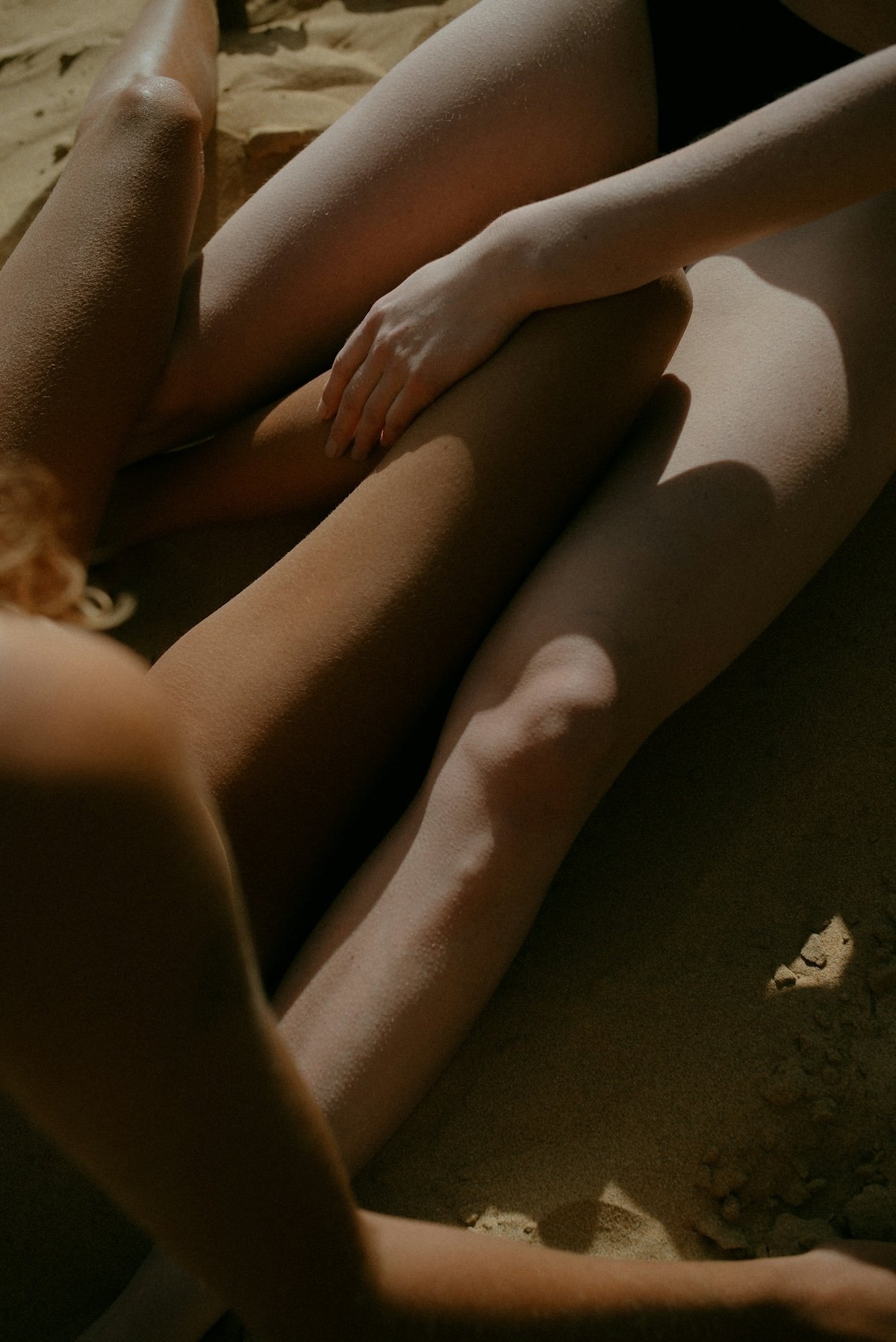
Grounding practices that we suggest engaging in before making any decisions include:
-
Glimmers
Finding moments of pure joy, love for the self, and soul-nourishment in the everyday, for gentle nervous system regulation
-
Ecosomatics
Matching your heartbeat with that of the Earth. Grounding, forest bathing, forest breathing, water bathing in natural pools
-
Embodiment
Deep, full-body breathing, dancing, hip & heart openers, singing or humming, crying, laughing, gentle movement, tactile activities
-
Practicing
Reciprocity, reverence and deep gratitude for yourself, others, and the Earth. Considering a we-centered approach, versus solely a me-centered one
-
Earth Medicine
Herbal preparations, botanical wellness, nourishing whole foods, structured water, flower remedies, ancestral healing
-
The Laying of Hands
On yourself (loving self-touch), consensually on others (20-second endorphin-releasing hugs), or in the Earth (gardening, foraging, tree-hugging)
How do these practices help the Earth?
Well, as Mary Reynolds (Irish gardener and landscape artist) says: “By healing the land, we heal ourselves; and by healing ourselves, we can more clearly see what the land needs to restore to health.”
Regulating our nervous systems, finding empathy, safety, and trust within ourselves, and coming into loving partnership with the Earth ensures that we are not operating solely from survival mode, but from a place of profound self-acceptance. When we are calm and grounded, we gain both deeper awareness and the ability to see the bigger picture. From here can we start ideating and making long-lasting positive change, leading us into a better future.
We are grounded in the belief that true transformation comes from focusing on the change we wish to see, rather than resisting what we aim to avoid. Instead of expending energy on opposition, we envision a shift – one where we channel our efforts into creation. By centering our energy on what we can cultivate and nurture, we lay the foundation for a more resilient, loving, and thriving world.
A practice to use whenever you’re feeling unsure about what’s right for you is to simply drop into your heart and ask yourself: is this coming from a place of fear, or a place of love? Once you know, you know.
These new and remembered ways of being are the pathways that will lead us back to our steadiest, most genuine selves, giving us the agency required to create ripple effects towards a future that feels consciously and purposefully created.
Unclench your jaw, relax your shoulders, and take a deep breath. All is well.
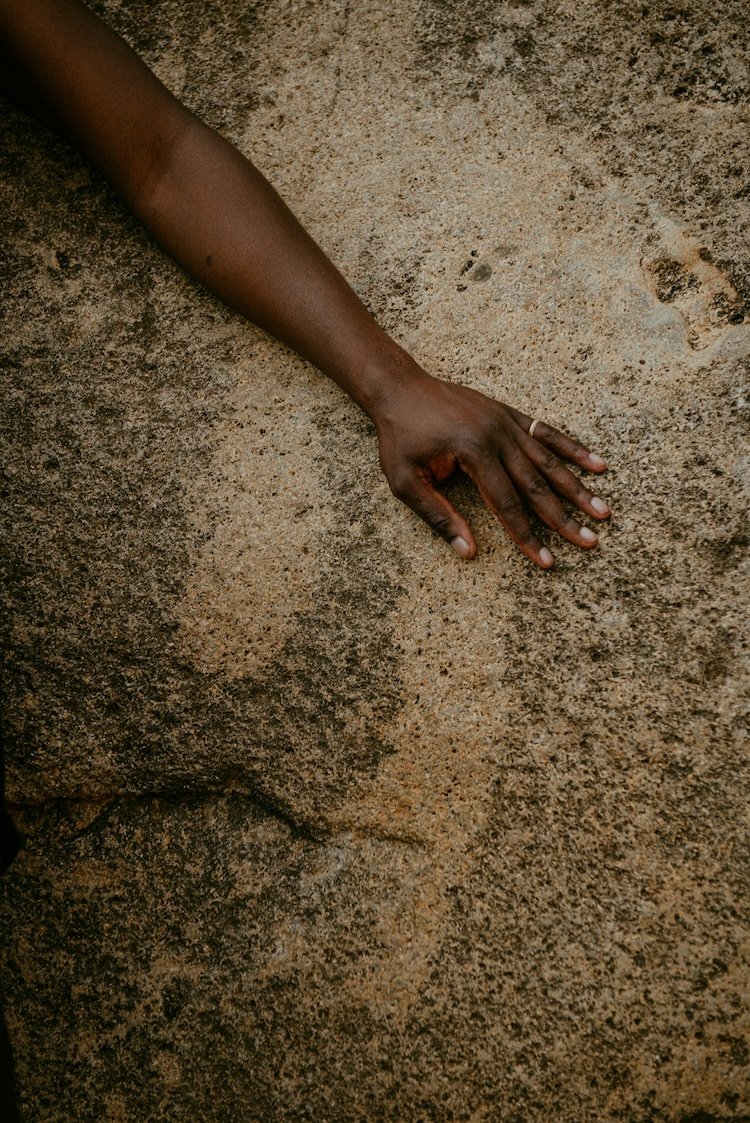
“Transform yourself to transform the world.”
- GRACE LEE BOGGS

